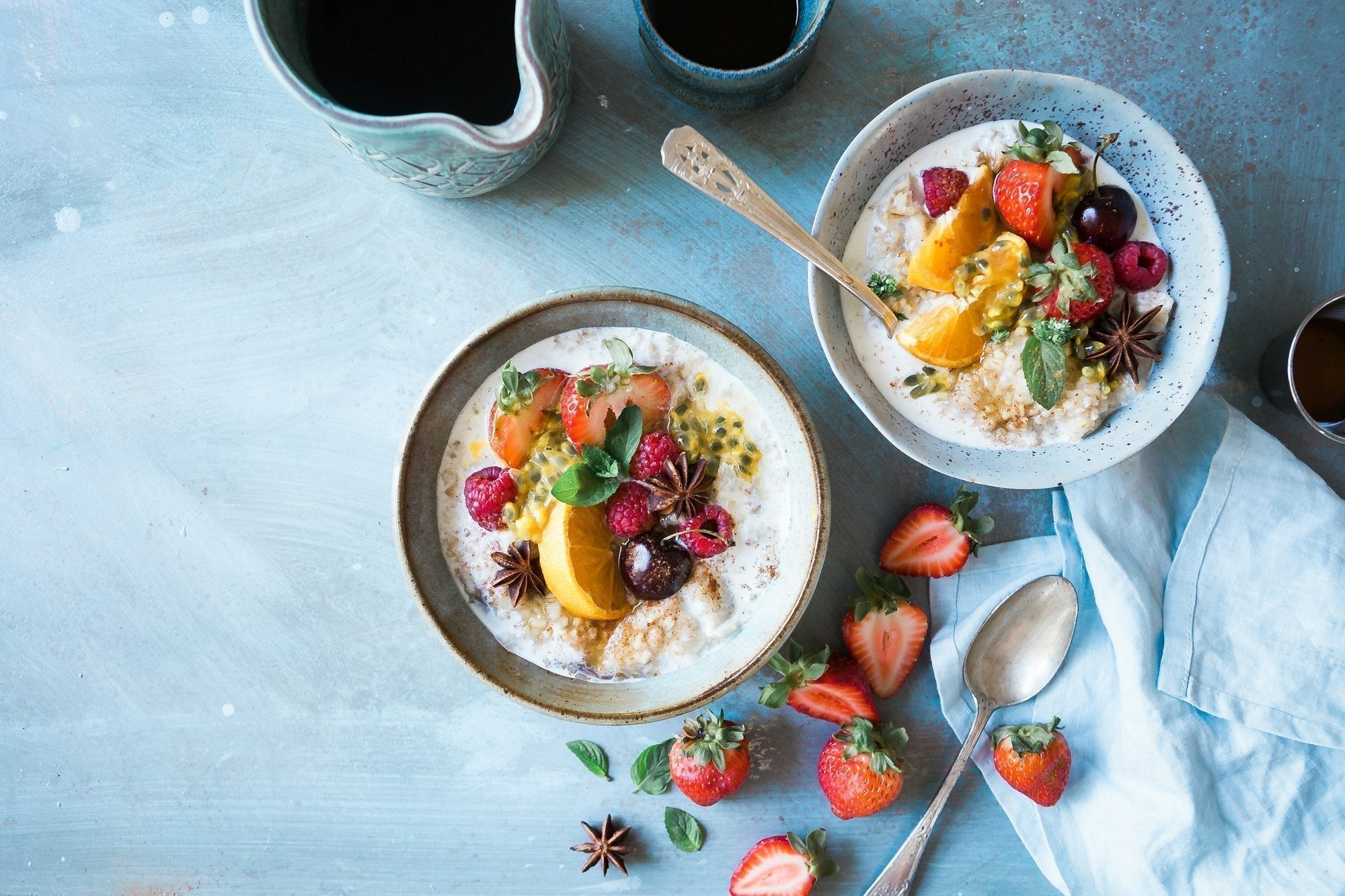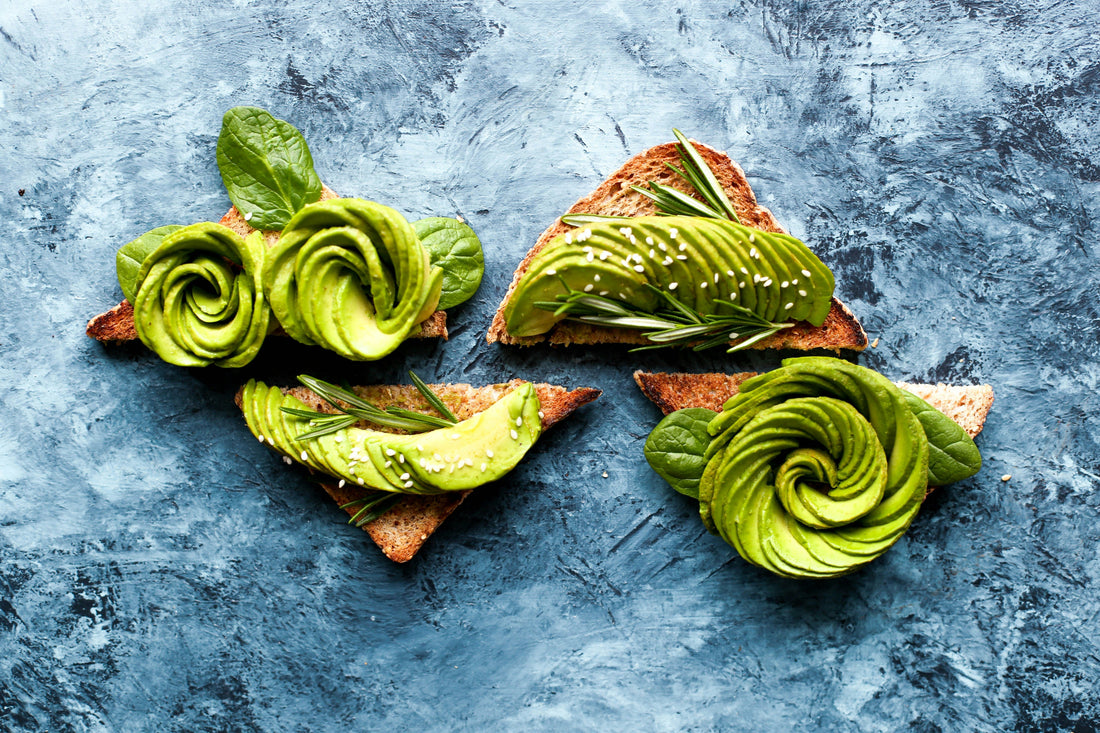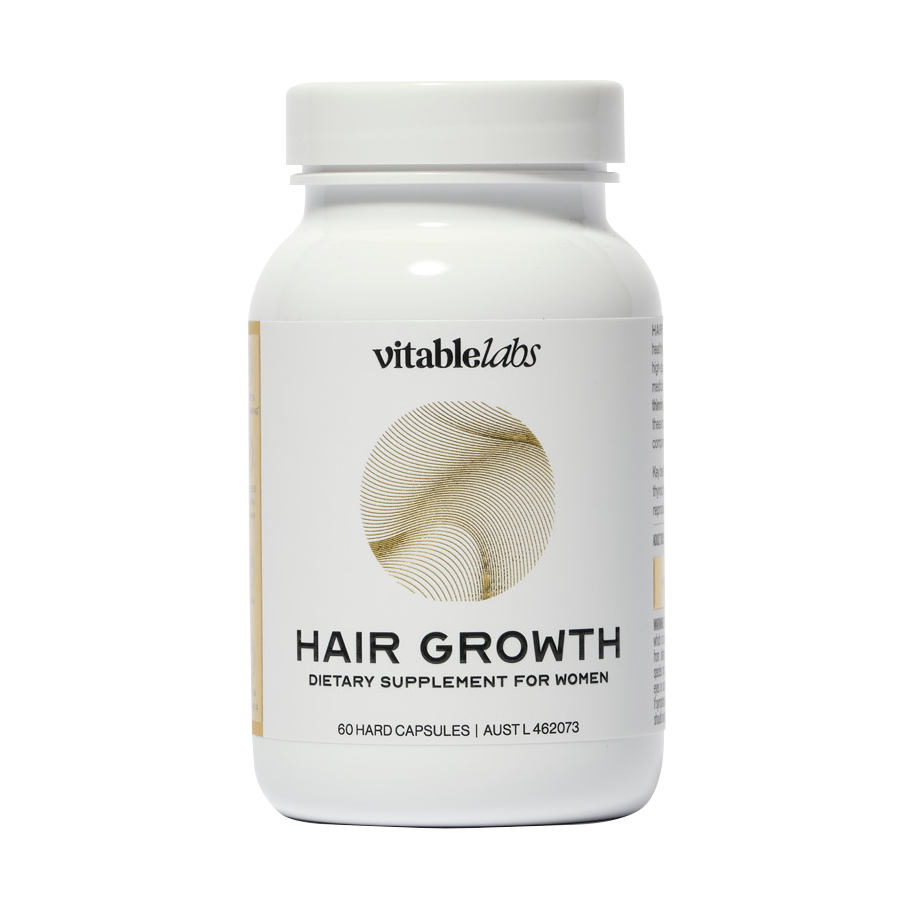TL;DR (Too Long; Didn’t Read)
Most Australians don’t eat enough fibre. The average intake is about 20g a day, while the recommended amount is 25-30g. Fibre supports digestion, heart health, blood sugar balance and a healthy gut microbiome. Learn about the three types of fibre, how to reach 30g a day and how Vitable Clean Greens can help.
What Is Fibre and Why It Matters
Fibre is a key nutrient that supports gut health, digestion, heart health and metabolic balance. According to Health.gov.au, adults should aim for 25–30g of fibre each day, but most Australians fall short at around 20g.
A low fibre intake can lead to bloating, irregular digestion and an unbalanced gut microbiome. Over time, that can affect energy, mood and even immunity.
How Fibre Supports Gut Health
Fibre isn’t just roughage. It acts as a prebiotic, feeding the good bacteria in your gut. Certain fibres such as fructans and galacto-oligosaccharides fuel beneficial species like Bifidobacterium and Lactobacillus, which help maintain a balanced and diverse microbiome.
Benefits of fibre include:
- Regular digestion and fewer issues with constipation
- Better satiety and appetite control
- More stable blood sugar levels
- Reduced LDL (bad) cholesterol
- Stronger immune and metabolic function
The Fibre Gap in Australia
A CSIRO report (2019) found that:
- 83% of Australians do not meet their daily fibre goals
- Diets high in processed foods are the main reason
- Older adults tend to consume even less fibre, despite needing more for digestive and heart health
Small, consistent changes can help close this gap and improve overall well-being.
The Three Main Types of Fibre
Type |
What It Does |
Food Sources |
|
Soluble Fibre |
Dissolves in water to form a gel, helping lower cholesterol and stabilise blood sugar |
Oats, apples, citrus, legumes, flaxseed |
|
Insoluble Fibre |
Adds bulk to stool and keeps bowel movements regular |
Whole grains, nuts, seeds, vegetable skins |
|
Resistant Starch |
Resists digestion and feeds beneficial gut bacteria |
Green bananas, cooled potatoes, lentils, grains |
How Much Fibre You Need
The goal is to reach about 30g of fibre each day. Here’s an example of what that might look like:
Food |
Fibre (approx.) |
|
1 medium banana |
3g |
|
½ avocado |
5g |
|
2 slices of whole grain bread |
6g |
|
30g almonds |
4g |
|
1 cup cooked lentils |
10g |
|
1 kiwifruit |
5.7g |
Tip: Choose whole grains instead of refined ones and add more fruit, vegetables, legumes and seeds to your meals.
Simple Ways to Add More Fibre
- Start your morning strong: Have oats, chia pudding or a high-fibre smoothie.
- Switch your grains: Go for brown rice, quinoa or wholemeal pasta.
- Eat more plants: Add lentils, beans and colourful vegetables to your meals.
- Snack smart: Choose nuts, seeds or a fibre-rich snack bar.
- Stay hydrated: Water helps fibre do its job.
Boosting Fibre Intake with Vitable Clean Greens
If you find it hard to reach your daily goal, Vitable Clean Greens can help. This Australian-formulated blend supports gut health with prebiotic fibre and digestive enzymes.
Key ingredients:
- Partially Hydrolyzed Guar Gum (PHGG): A gentle prebiotic that supports regularity and feeds good gut bacteria.
- Green Banana Resistant Starch: Promotes healthy digestion and helps keep bowel movements regular.
- Bromelain (from pineapple): A natural enzyme that supports protein breakdown and helps reduce bloating.
All ingredients meet TGA quality standards and are carefully selected to support a healthy digestive system.
Product page Link: Learn more about Vitable Clean Greens
Can You Have Too Much Fibre?
Yes. Increasing fibre too quickly can lead to bloating, cramping or loose stools. To avoid discomfort:
- Increase your fibre gradually
- Drink at least two litres of water a day
FAQs
What is the best type of fibre for gut health?
A mix of soluble, insoluble and resistant starch is best. Variety matters more than quantity.
Can I get enough fibre on a low-carb diet?
Yes. Focus on high-fibre, low-carb options like chia seeds, avocado and leafy greens.
How do I know if I’m getting enough fibre?
Look for signs like regular bowel movements, less bloating and steady energy throughout the day.
Is Vitable Clean Greens safe to take every day?
Yes. It is designed for daily use as part of a balanced diet. Always follow label directions.
References
- Eat for Health – Dietary Fibre
- Barber TM et al., The Health Benefits of Dietary Fibre, Nutrients (2020)
- CSIRO – Gut Health and Weight Loss Report (2019)







